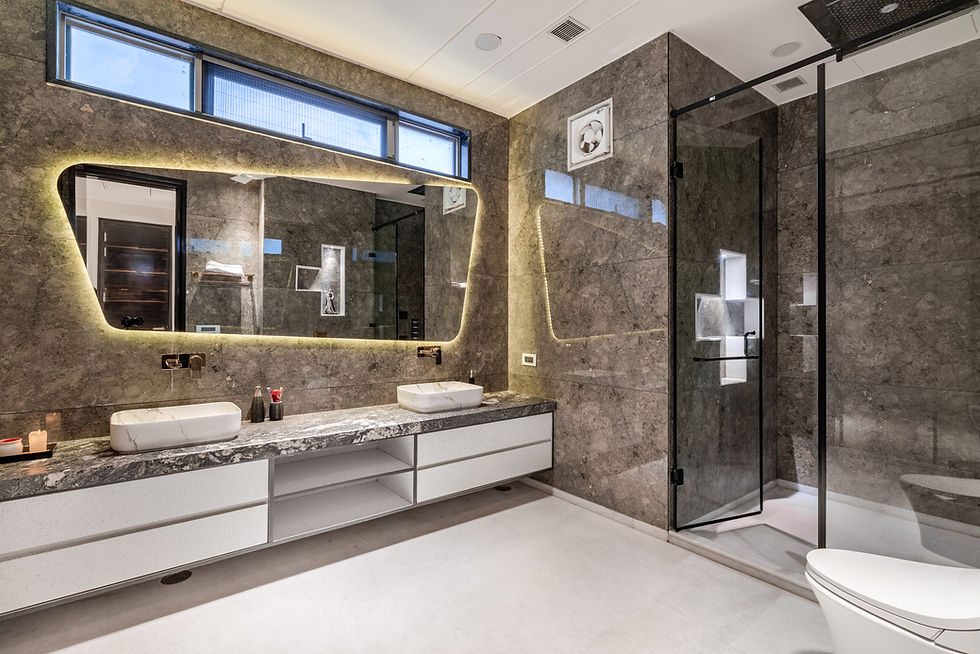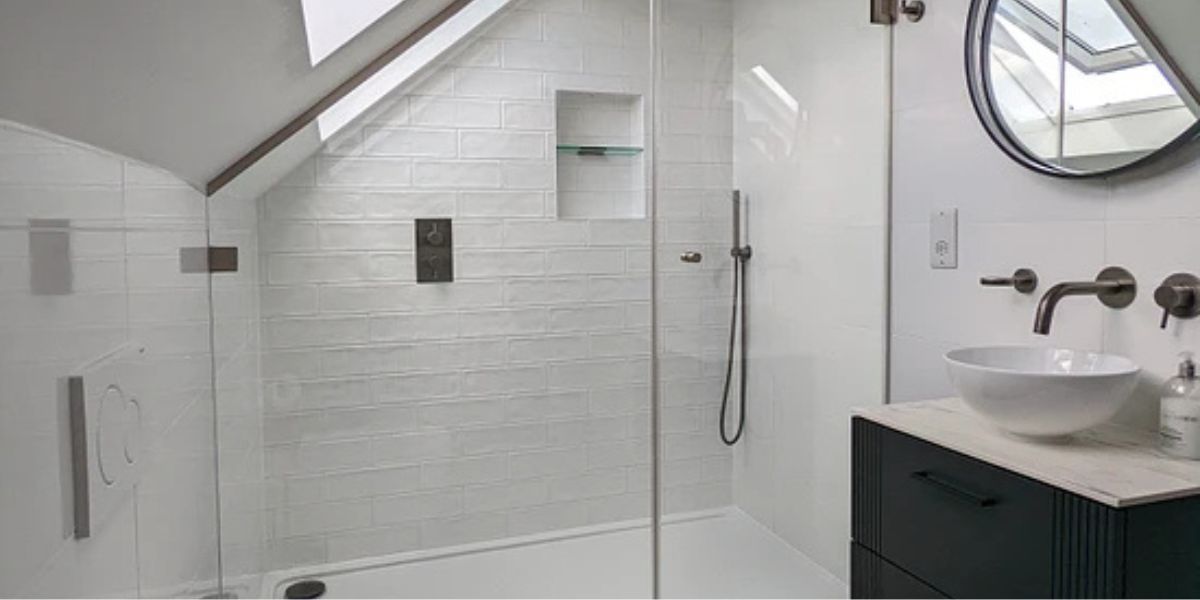
Features to Look for in a Water-Saving Toilet
Share
In an era where technology intertwines with everyday essentials, the concept of a water-saving toilet is gaining momentum. As tech professionals and enthusiasts, understanding the features to look for in a water-saving toilet can lead to smarter decisions that align with sustainability goals. With environmental concerns rising, the need for efficient water usage is more crucial than ever. A water-saving toilet isn't just about meeting regulatory requirements; it's about adopting an innovative approach to preserving natural resources.
Water-saving toilets, also known as low-flow toilets, have become an integral part of modern bathroom designs. They are engineered to use less water per flush, providing substantial reductions in water usage without compromising on performance. But what should you look for when choosing the perfect water-saving toilet? Let's delve into some key features and technologies that make these toilets stand out.

Smart Flush Technology
One of the primary features to look for in a water-saving toilet is smart flush technology. This innovative system allows toilets to adjust the amount of water used based on the type of waste. For instance, some toilets come equipped with dual-flush mechanisms, offering two options: a full flush for solid waste and a half flush for liquid waste. This flexibility ensures water is used efficiently, minimizing wastage.
Moreover, advancements in IoT have led to the development of sensors that detect usage patterns and optimize flush volumes accordingly. This not only saves water but also enhances the user experience by providing a seamless, automated operation. For a deeper understanding of how smart toilets function, you might explore the smart water-saving gadgets for bathrooms.
Eco-Friendly Certifications
When selecting a water-saving toilet, it's essential to consider eco-friendly certifications. Toilets that meet EPA's WaterSense criteria are a reliable choice as they have been tested for efficiency and performance. WaterSense labeled toilets use at least 20% less water than standard models, making them an excellent option for environmentally conscious consumers.
Additionally, some models incorporate recycled materials in their construction, further reducing their environmental footprint. These certifications not only guarantee optimal performance but also contribute to building a sustainable future. Read more about the impact of water-saving toilets on the environment to understand the broader implications of these choices.
Advanced Bowl Design
The design of the toilet bowl is another critical factor in water conservation. Modern water-saving toilets feature advanced bowl designs that maximize flushing efficiency with minimal water. The shape and glaze of the bowl play a crucial role in ensuring waste is effectively removed in one flush, reducing the need for additional flushes.
Some manufacturers have introduced innovative designs like the tornado or cyclone flush systems, which create a powerful swirling action that cleans the bowl thoroughly. These technological advancements are a testament to how design and innovation can converge to promote sustainability.
Considerations for Smart Home Integration
For tech enthusiasts, integration with smart home ecosystems is a desirable feature. Water-saving toilets that can be connected to a home automation system allow users to monitor water usage remotely, receive maintenance alerts, and even schedule cleaning cycles. This connectivity not only enhances convenience but also provides valuable insights into water consumption patterns.
By integrating these toilets with platforms like Alexa or Google Home, users can control features using voice commands, making the bathroom experience more interactive and futuristic. For those interested in learning about maintaining these advanced systems, check out how to maintain a water-saving toilet.
Choosing the Right Model for Your Needs
Selecting a water-saving toilet involves considering the specific needs of your household. Whether it's for a small bathroom or a large family, the right model can make a significant difference in water savings. For those living in compact spaces, there are best water-saving toilets for small bathrooms that offer space-efficient designs without sacrificing performance.
Families with high water usage might benefit from models designed for larger households, ensuring that every flush is optimized for maximum efficiency. Explore the best water-saving toilets for large families to find the perfect fit for your home.

FAQs on Water-Saving Toilets
What is the average water usage of a water-saving toilet?
Most water-saving toilets use around 1.28 gallons per flush, compared to the standard 1.6 gallons, resulting in significant water savings over time.
Are there any maintenance tips for water-saving toilets?
Regular cleaning and timely replacement of parts like flappers and seals are essential for maintaining efficiency. For detailed advice, refer to our guide on maintaining a water-saving toilet.
Do water-saving toilets compromise on performance?
Not at all. Modern water-saving toilets are designed to perform just as well, if not better, than traditional models, thanks to advancements in flushing technology and bowl design.
For additional insights into the benefits of low-flow toilets, visit this informative guide.
This article contains affiliate links. We may earn a commission at no extra cost to you.
